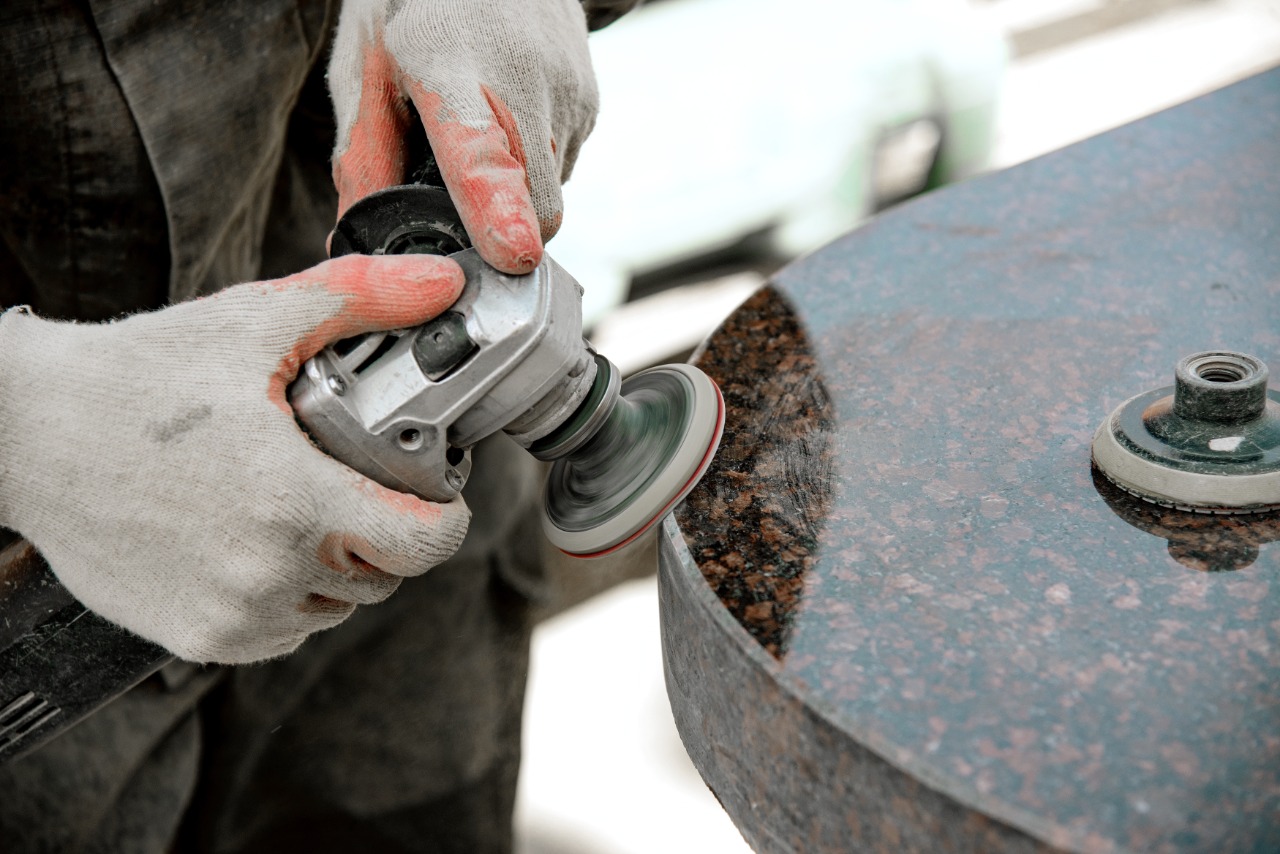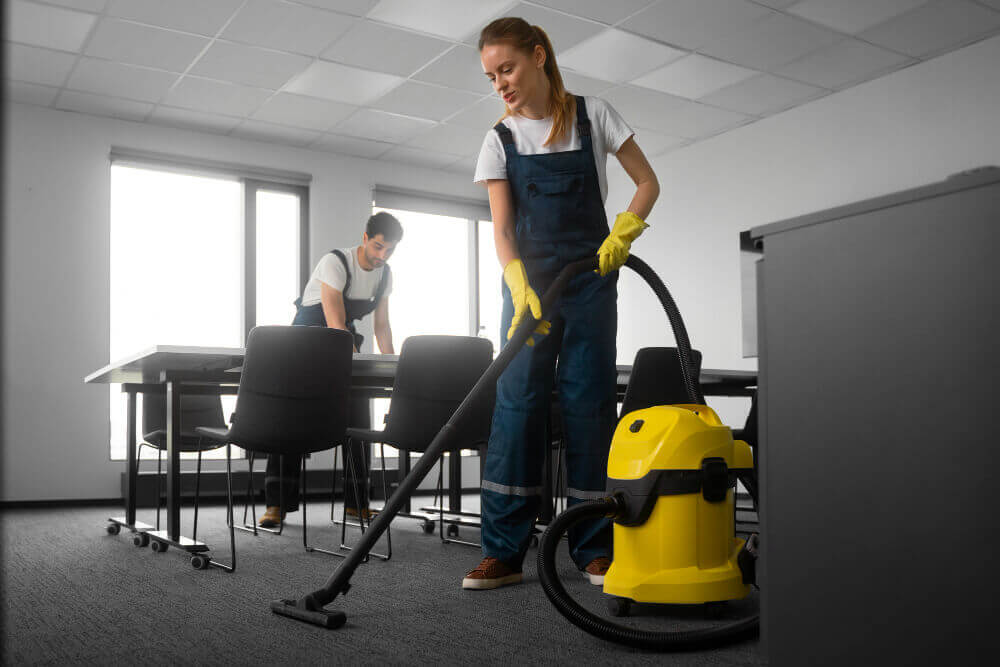Important Steps For Ideal Marble Polishing
Marble is a beautiful and luxurious natural stone that has been used in construction and decor for thousands of years. Its durability, strength, and elegance make it a popular choice for floors, countertops, and walls. However, like all natural stones, marble can become dull and scratched over time. This is where marble polishing comes in - a process that restores the shine and beauty of the stone.
In this article, we will explore the steps involved in marble polishing Dubai and the benefits of using this process to keep your marble surfaces looking their best.
Step 1: Cleaning
The first step in the marble polishing process is to thoroughly clean the surface. This involves removing any impurities that may be present. A pH-neutral cleaner should be used to avoid damaging the marble. The surface should then be washed with water and dried completely.
Step 2: Grinding
The next step in the process is grinding. Grinding involves removing any scratches, etches, or other imperfections that may be present on the surface of the marble. A coarse diamond abrasive pad is typically used for this step. The pad is attached to a floor machine and run over the surface of the marble, slowly removing the imperfections and restoring the surface to a smooth, uniform appearance.
Step 3: Honing
Once the grinding process is complete, honing is the next step. Honing involves using a finer diamond abrasive pad to refine the surface of the marble and further remove any scratches or etches. This step helps to create a uniform, matte finish on the surface of the marble.
Step 4: Polishing
The final step in the marble polishing process is polishing. Polishing involves using a polishing pad with a chemical polishing compound to restore the shine and luster of the marble. The polishing pad is attached to a floor machine and run over the surface of the marble, slowly bringing out its natural shine and brilliance. This step should be repeated several times, using a progressively finer polishing pad each time, until the desired level of shine has been achieved.
Also Read: 6 Important tips for floor polishing
Benefits of Marble Polishing
Restoration of shine and beauty: Marble polishing restores the natural shine and beauty of the stone, making it look like new again. This can add to the overall aesthetic appeal of your home or business and increase its value.
Increased durability:
Over time, marble surfaces can become scratched and dull. The polishing process removes these imperfections, making the surface more durable and resistant to future damage. This can increase the lifespan of your marble surfaces and save you the cost of repairs or replacements in the long run.
Improved hygiene:
Marble surfaces can harbor bacteria and germs if not properly cleaned. The polishing process removes any surface-level impurities and makes it easier to clean and maintain a hygienic surface. This is especially important in areas such as kitchens, bathrooms, and hospitals.
Increased value:
Marble is a valuable material, and maintaining its beauty and shine increases its value over time. This can make it a great investment for both homeowners and business owners.
Enhanced appearance:
Marble polishing can bring out the natural patterns and colors of the stone, making it look more attractive and eye-catching. This can make your home or business stand out and leave a lasting impression on visitors.
Tips for Maintaining Marble Surfaces
Regular cleaning:
Regular cleaning is essential for maintaining the beauty and longevity of your marble surfaces. Use a pH-neutral cleaner and avoid using acidic or abrasive cleaners, which can damage the stone.
Avoid scratches:
Avoid scratching the surface of your marble by placing mats or coasters under heavy objects, using a cutting board when cutting food, and sweeping or dusting regularly to prevent debris from scratching the surface.
Use coasters:
Always use coasters for glasses, mugs, and bottles to prevent water rings and stains from forming on the surface.
Avoid direct sunlight:
Exposure to direct sunlight can cause discolouration and fading of your marble surfaces. If possible, keep your marble surfaces out of direct sunlight or use curtains or blinds to protect them.
Seal the surface:
Sealing your marble surfaces can help protect them from damage and staining. This is especially important for surfaces that are frequently used or exposed to moisture. Re-seal your marble every year or whenever you notice that the seal has worn off.
Seek professional help:
If you notice deep scratches, etches, or other damage on your marble surfaces, it's best to seek professional help. Attempting to fix these issues on your own can often make the problem worse and permanently damage your marble.
Also Read: Professional House Cleaning In Dubai
In conclusion, marble polishing is a process that is essential for maintaining the beauty and longevity of this natural stone. The steps involved in the process, the benefits of using this process, and tips for maintaining your marble surfaces are all important factors to consider. Whether you're a homeowner or business owner, investing in marble polishing can add value, improve appearance, and increase the durability of your marble surfaces.


.jpg)



